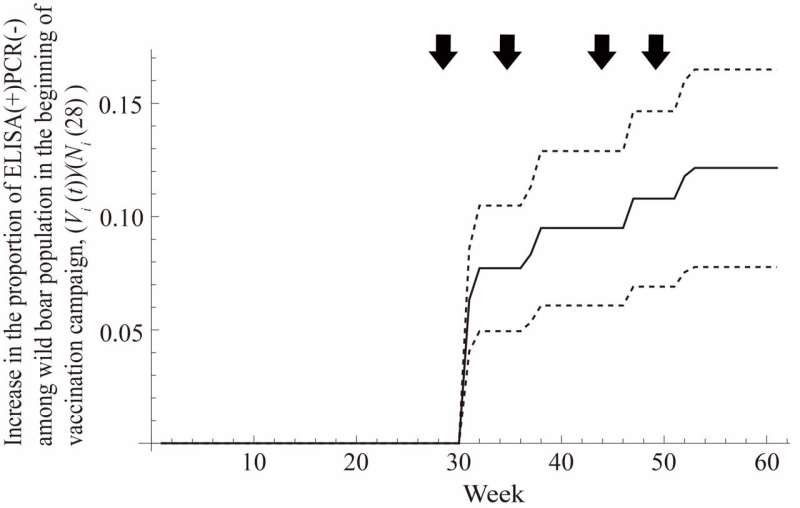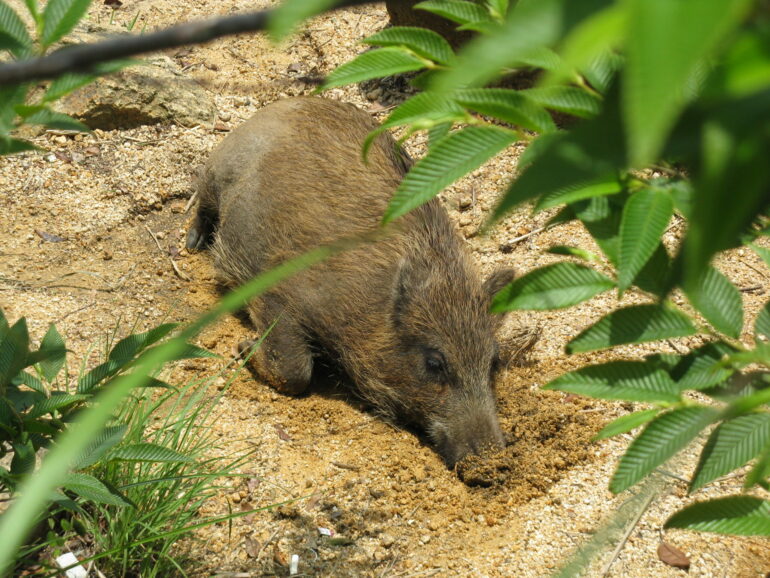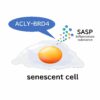Researchers developed a ground-breaking model to estimate bait vaccination effectiveness in wild animals based on the proportion of immunized animals in a population and the number of vaccine applications.
Wild animals are host to pathogens that cause a wide variety of infectious diseases, including zoonotic diseases such as rabies, influenza and tuberculosis. The control of these diseases in wild animals is an important issue in the fields of public health, livestock health, and conservation biology. One of the most widely used methods of control is vaccination of wildlife via bait containing oral vaccines (bait vaccination). However, assessing the effectiveness of these vaccines has been difficult.
A team of scientists led by Associate Professor Ryosuke Omori at the International Institute for Zoonoses Control, Hokkaido University, has developed a ground-breaking model to estimate the effectiveness of bait vaccination in wild animals. Their model and findings were published in the journal PLOS Computational Biology.
In 2018, an outbreak of classical swine fever (CSF) was reported for the first time in Japan after 26 years. CSF reemerged in a pig farm in Gifu prefecture, and wild boars in the same area were also found to be infected. Since the infection among wild boar continued to spread, a bait vaccination campaign was started from 2019.
To understand the effectiveness of this campaign, the authors first constructed a mathematical model that describes relationships between three variables: changes over time in the proportion of immunized animals, the number of vaccine applications, and the effects of vaccines. Thus, by determining the proportion of immunized animals in a population, and combining data about the number of vaccine applications, it is possible to estimate the effects of vaccines that were measured as a proportion of animals that acquired immunity by the vaccination.

The cumulative increase (solid black line; dashed lines indicate 95% confidence interval) in immunized wild boars, defined as boars tested positive for classical swine fever (CSF) antibodies and negative for the CSF virus (Elisa (+) PCR (-)) at 60 weeks, after the end of the four bait vaccination campaigns (arrows) in Gifu Prefecture. © Ryota Matsuyama et al, PLOS Computational Biology, October 6, 2022
The model was tested using real data collected during the bait vaccination campaign carried out in response to the CSF outbreak in wild boars, and showed that the vaccines measurably increased the proportion of immunized animals in wild boars.
This is the first study that unequivocally demonstrated that CSF bait vaccination in Japan caused a quantitative increase in the proportion of immunized animals in a wild boar; it is also the first to specifically quantify the increase in immunized animals. The model is ground-breaking as it does not require data on the number of wild animal populations, their movements within the study area, or the history of bait vaccine intake.
“Our model can be used to more accurately gauge the effect of oral vaccines for a number of diseases, to study various methods of oral vaccine application, and to design improved vaccination strategies for populations of wild animals where migration is negligible,” says Ryosuke Omori.
More information:
Ryota Matsuyama et al, Measuring impact of vaccination among wildlife: The case of bait vaccine campaigns for classical swine fever epidemic among wild boar in Japan, PLOS Computational Biology (2022). DOI: 10.1371/journal.pcbi.1010510
Provided by
Hokkaido University
Citation:
Reliably estimating proportion of bait-vaccinated populations in wildlife (2022, October 18)



